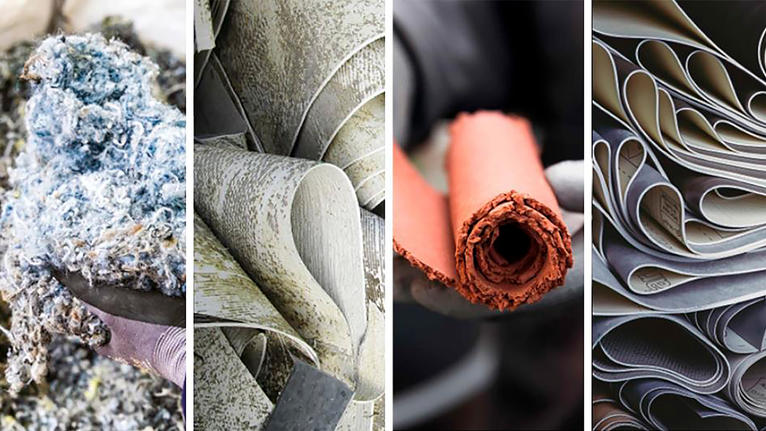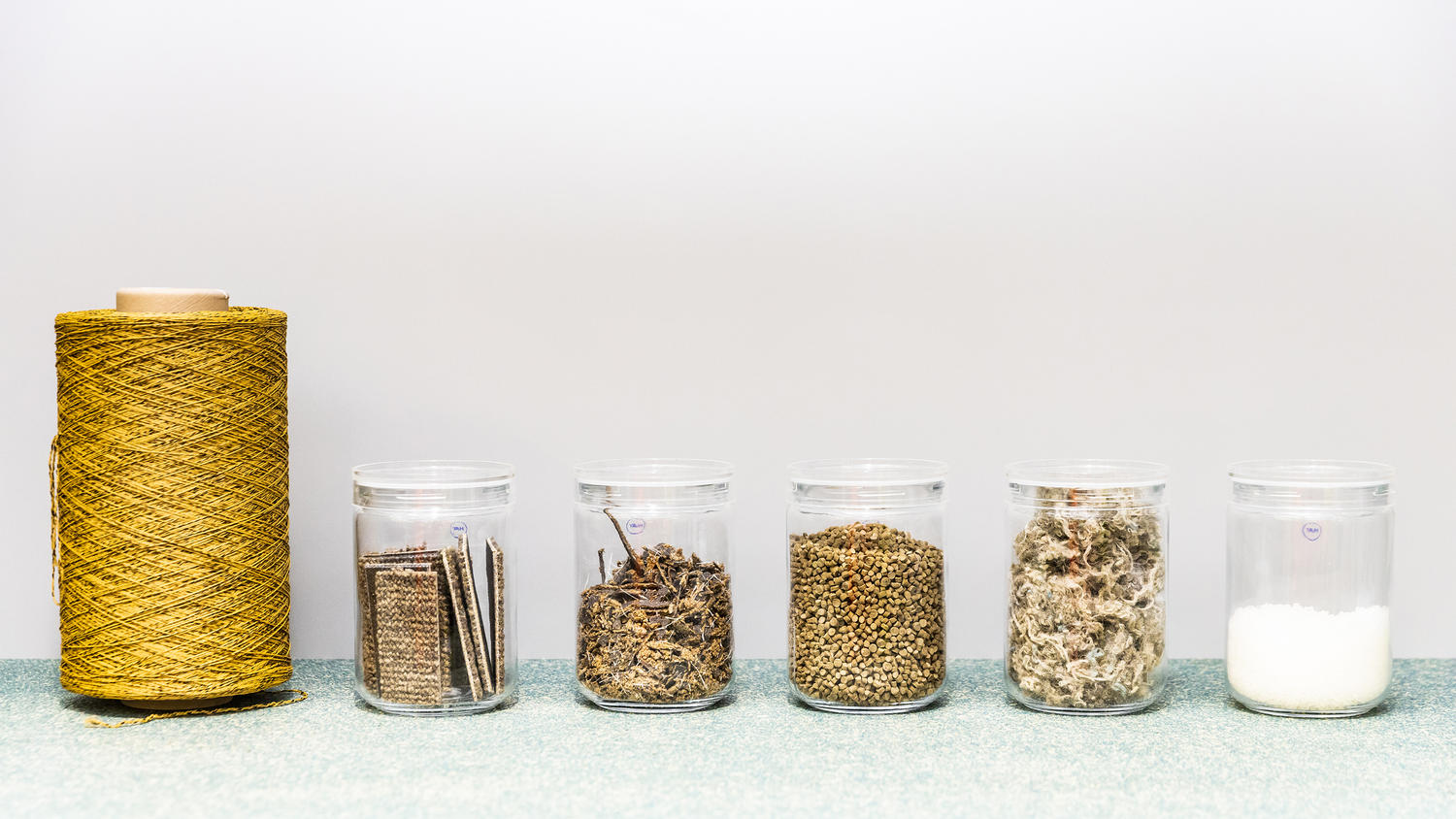
Lets Go Round Again: The Value of Circular Economy
Sustainability is a broad term and takes on various meanings to individual businesses. One area which features prominently when we talk about sustainability is the circular economy, a method of eliminating waste and reusing resources in a renewable, cyclical fashion. But what are the fundamentals of circular economy and how can businesses utilise it to be greener?
In 2015, as part of a study with the Ellen MacArthur Foundation, McKinsey discovered that adopting a regenerative approach such as the Circular Economy could boost Europe’s resource productivity by 3 percent by 2030, generating cost savings of €600 billion a year and €1.8 trillion more in other economic benefits. The Circular Economy has shown significant prospects in recent years, no doubt for these tangible economic advantages and other benefits including reduced pressure on the environment, greater innovation and lower emissions.
For the construction industry in particular, the Circular Economy is an alluring method that will displace the current ‘throw it away’ culture for a long-term solution that offers ample value. According to DEFRA’s (Department for Environment, Food & Rural Affairs) 2018 edition of the 2014 UK Statistics on Waste, the UK generated 202.8 million tonnes of waste. Construction, demolition and excavation (CDE) was responsible for 59% of the UK’s 202.8 million tonnes of waste.
It's a sprint, not a marathon
The industry’s journey is still in its earliest stages, and indeed many businesses are starting to take the important steps to be more Sustainable. But, in order to continue on this trajectory and maximise productivity, efficiency and innovation are key. Feeding the wider, collective aim for fully circular buildings – something which has been seen on projects in the Netherlands – requires individual businesses to change their habits. Tarkett is committed to changing the game with Circular Economy and has implemented an eco-innovation strategy based on Cradle to Cradle® principles, fully aligned with a Tarkett Human-Conscious Design™ approach.
This strategy has been filtered down to product innovation. The DESSO Serene & Serene Colour Carpet Tile collection provide a truly sustainable answer. They are made with 100% regenerated ECONYL® yarn and at the end of their lifecycle, they are 100% recyclable in Tarkett’s own carpet recycling centre – the first of its kind in Europe. The tiles also come with Tarkett’s EcoBase® backing as standard, which contains upcycled chalk sourced from local water providers and has achieved a Cradle to Cradle Certified™ Silver level. The Cradle -to-Cradle certification is a globally recognised measure of safer, more sustainable products made for the Circular Economy.

In order to set change in motion, businesses across the world have to actively be a part of it. Companies must continually work towards closing the loop through recycling to unlock circularity, which reduces carbon emissions, usage of landfill and the amount of new raw materials that need to be sourced.
Tarkett is doing just that, minimising the amount of flooring that is incinerated or left in landfill. Material from old flooring is transformed into a new product through our ReStart® programme, which is dedicated to the collection of flooring to be recycled and reused. A recent paper ‘Climate benefits from recycling of floor waste fractions’ published by Tarkett Nordic quantifies the tangible benefits of being able to close the loop. From recycling 1 sqm of Serene Carpet Tiles, around 10.kg of CO2 eq/sqm can be saved.
The circular economy is a far more effective strategy to reduce carbon emissions compared to offsetting. It is why circular products are a cornerstone of Tarkett’s ‘Recyclable. Endlessly’ strategy, a focused campaign that illustrates the positive impact recyclable products have on nature. In our Circular Selection, you can easily find all of our products which are 100% recyclable in our own recycling facilities.
A long-term solution which is here to stay, the Circular Economy shows definite possibility in terms of making our industry more sustainable. Many businesses across individual construction sectors can utilise it to be greener – for their benefit and the planet’s. The key ingredients when it comes to adopting Circular Economy are creativity, collaboration and efficiency. Moving forward, these aspects will be crucial to making its implementation a reality.